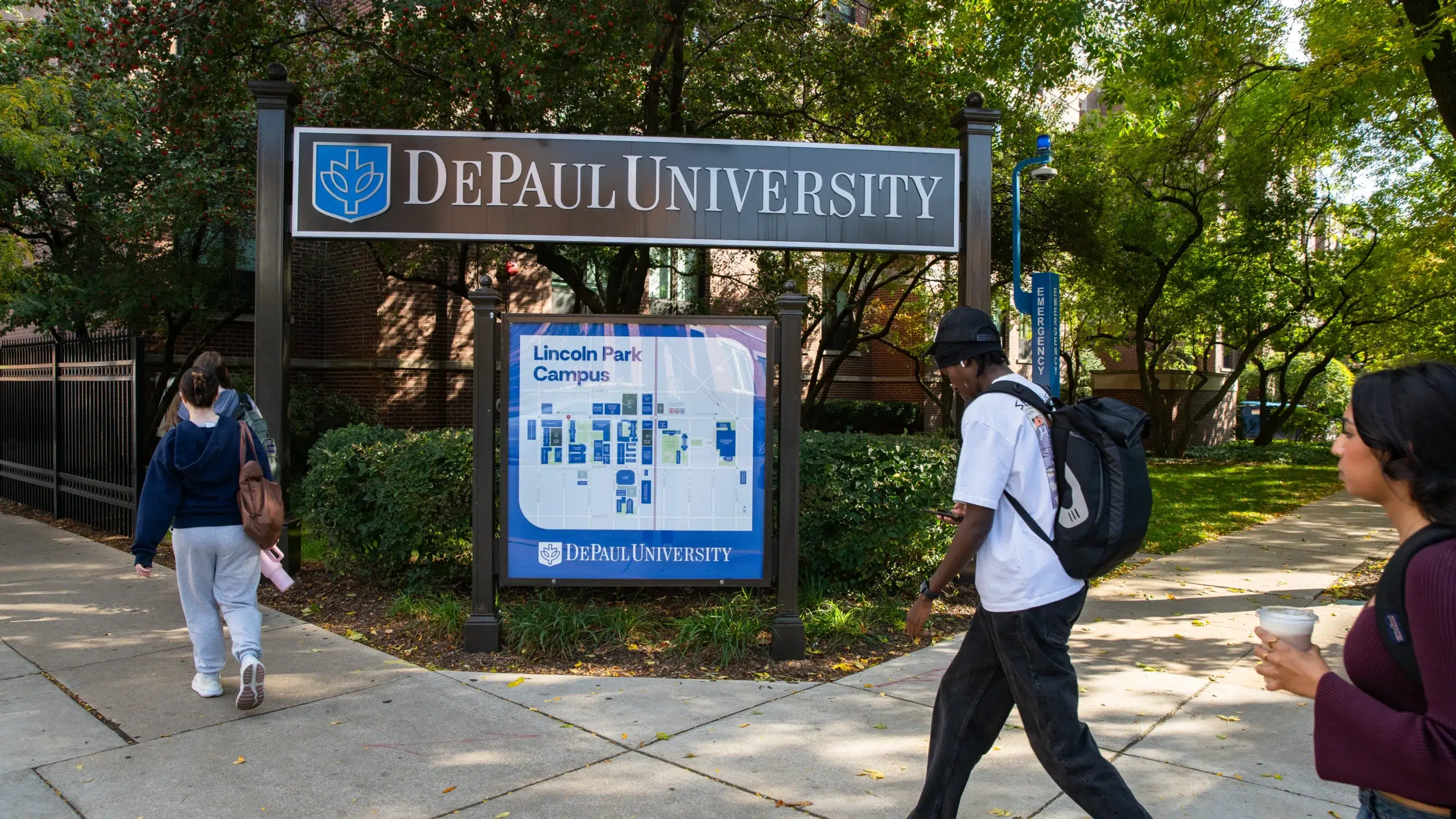Several Illinois universities are experiencing a noticeable drop in international student enrollment, particularly at the graduate level, mirroring a wider national trend linked to shifts in federal policy and global competition. This decline threatens institutional revenue and academic diversity across the state.
Key Findings and Affected Universities
- DePaul University has been particularly impacted, reporting a staggering 62% drop in new international graduate enrollments compared to the previous year. This has led the university to consider cost-cutting measures, including hiring freezes and executive pay reductions.
- The University of Illinois Springfield (UIS) saw its total enrollment decline by 5.7%, driven largely by its international student population falling from 957 to 715 students.
- The University of Illinois Chicago (UIC) reported a 4.9% decline in international student enrollment, also mostly at the graduate level.
- Western Illinois University (WIU) experienced a nearly 40% decline in international students compared to the prior year.
- The University of Illinois Urbana-Champaign (UIUC), while maintaining high overall international numbers (over 13,000), reported a loss of international students in graduate programs, though undergraduate numbers showed an increase.
Primary Factors Driving the Decline
University officials and higher education analysts cite a “perfect storm” of factors contributing to the downturn:
- Federal Policy and Visa Issues:
- Visa Delays and Revocations: Slowed student visa appointments and the abrupt revocation of thousands of student visas (later reversed in some cases) have created significant uncertainty and prevented admitted students from arriving on time.
- Increased Scrutiny: Tighter immigration restrictions, including social media screening of applicants and proposed four-year visa limits, have made the U.S. a less attractive and more stressful destination for foreign students.
- Financial Impact:
- International students are a crucial source of full-tuition revenue that has helped offset decades of declining taxpayer funding for public universities in Illinois. The loss of this revenue (estimated at a potential $380 million statewide) creates immediate budget deficits.
- Global Perception and Safety:
- Concerns over safety, the U.S.’s handling of the COVID-19 pandemic, and an increasingly anti-immigrant political climate have led prospective students and their families to choose other countries.
Strategic Response by Universities
In response, institutions are focusing on measures they can control:
- Expanding Recruitment: Universities like UIS are working to increase their international footprint in a wider variety of countries (e.g., Kuwait and Nigeria) to mitigate the risk of being overly reliant on one source country.
- Student Support: Campuses are emphasizing increased counseling and immigration legal support to ensure current international students feel welcomed and protected.
- Online and Deferred Admission: Offering remote learning options or deferred admission to students who cannot secure a visa in time.
The overall decline underscores the critical role international students play not only in the financial stability of Illinois higher education but also in research, innovation, and campus diversity.
The linked video discusses how high enrollment of international students at UIUC appeared to buck a national trend of decline, providing a contrasting perspective to the broader downturn seen at other Illinois universities. UIUC’s high enrollment of international students bucks national trend





